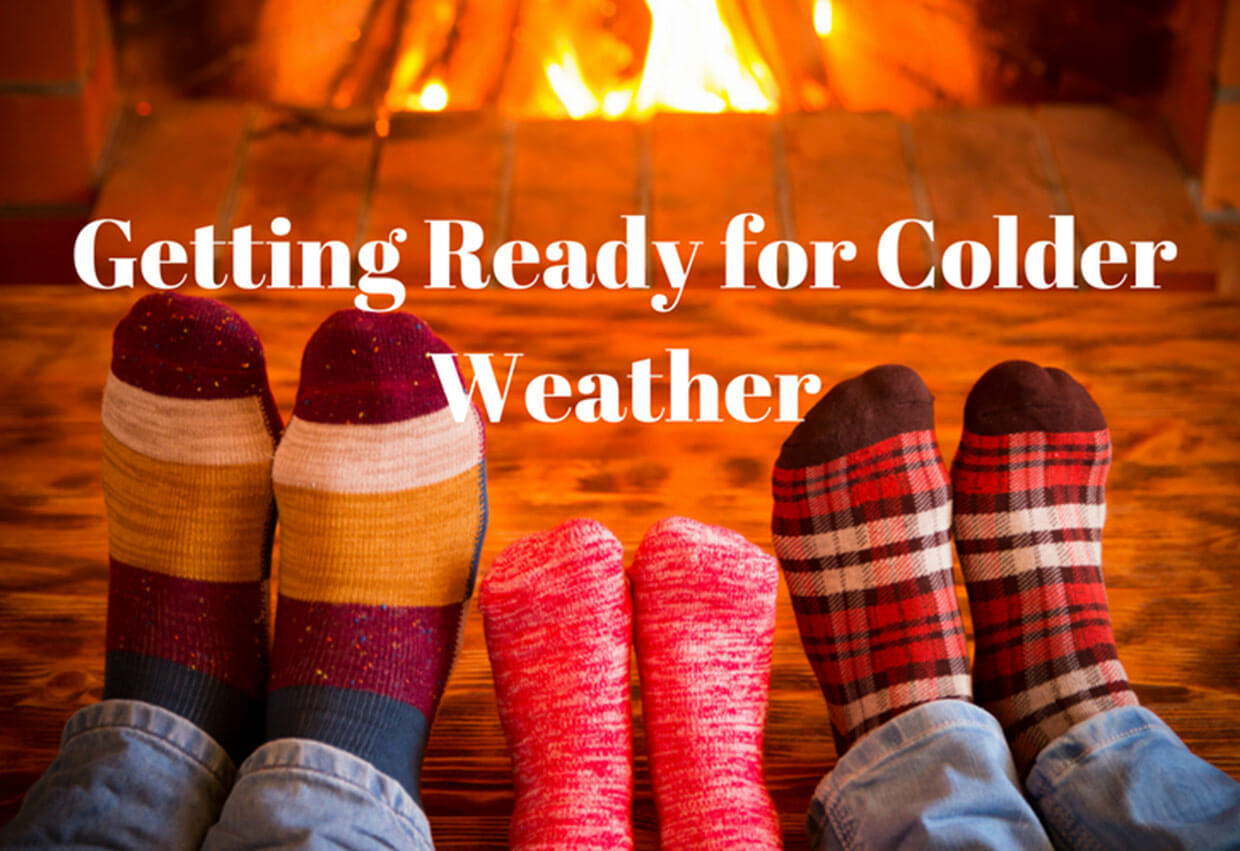Getting Ready for Colder Weather
We are spoiled, yes, here in So Cal we don’t have to deal with below freezing temperatures that often. But the human body isn’t made to withstand the cold for very long. Getting too cold can cause health problems for us and our kids. Although it isn’t freezing, having a house below 60 degrees can be dangerous unless everyone is properly insulated. There is a reason that homes must come with a working heater weather you rent or own. I’m going to offer the tips I found for keeping your house warmer in the winter.
Close all your curtains. If you live in a house that doesn’t have dual-pane windows you can still keep the heat inside by closing your curtains, blinds, or shutters when the sun goes down. Curtains are very effective for keeping your house warm. Blinds and shutters as well. I use curtains that are specific for keeping the cold out in winter and heat out in summer. You can find them at any local department store. A study used thermal imaging cameras to detect where heat leaks from a building, with results showing considerable heat loss where curtains, blinds, and shutters were not present or were left open. Keppe your curtains, blinds, or shutters open during the day, as the sun shining through your windows will help keep the room warm.
Turn off the heating and shut the doors in rooms you don’t use. Don’t waste energy heating rooms you’re not using. Where possible, close the vents in rooms that aren’t in use. But make sure you keep the doors shut too, so that the heat from the rooms you’re using doesn’t escape. Even having something to block the cooler air in under the door will add that extra step to controlling the cold air. They are called draught excluders. You can use a rolled-up blanket or buy them at a department store.
Seal gaps around doors frames and windows. Cracks and gaps around doors and windows can also leak heat, so seal these up too using inexpensive insulating strips or even pieces of blanket. Look out for uncovered keyholes, letterboxes and cat flaps, which can also let in cold draughts, and keep
these covered too. If you have any unused fireplaces, make sure the flue is closed or consider investing in a chimney balloon. But don’t cover air vents, as you may be at risk of carbon monoxide poisoning if they become blocked (stay safe by getting a carbon monoxide detector for each room that has a gas appliance).
According to the National Energy Foundation, floors are responsible for up to 10% of the heat loss in homes where there’s no flooring insulation. So check your floors for gaps and cracks, including gaps between the floor and skirting boards, and seal them up with a silicone-based filler (there are several available that are designed for draught proofing floorboards). If you’re on a budget, use rolled up newspaper for larger gaps, and shredded newspaper for the smaller ones. It may not look pretty, but the newspaper can be removed when the weather gets warmer. If you have wooden floorboards without carpets, consider covering them up, at least when it’s very cold, to save more heat. Use rugs or even blankets to keep in the warmth.
Insulate hot water tanks and pipes. Keep your water hot by insulating your hot water tank and pipes. Primary pipe insulation, which consists of foam tubes covering the pipes between your hot water cylinder and boiler don’t cost nearly what they save you in heating bills. You should also insulate your walls if they aren’t already well insulated. Experts believe around half of the heat in the typical home is lost through the walls. This can be costly so it isn’t the number one way to go. Most newer homes are well insulated, but older homes may not be.
The last way is to keep control of the actual temperature. Regulate your heating with a thermostat if possible. Use a thermostat on a timer to control the temperature of your home. They say 68 degrees is a good temperature. It isn’t super warm, but it will keep your body temperature where you want it to be as long as you sleep with covers on. When it’s very cold, set your timer to switch the heating on earlier, rather than turning the thermostat up to warm your house quickly.


